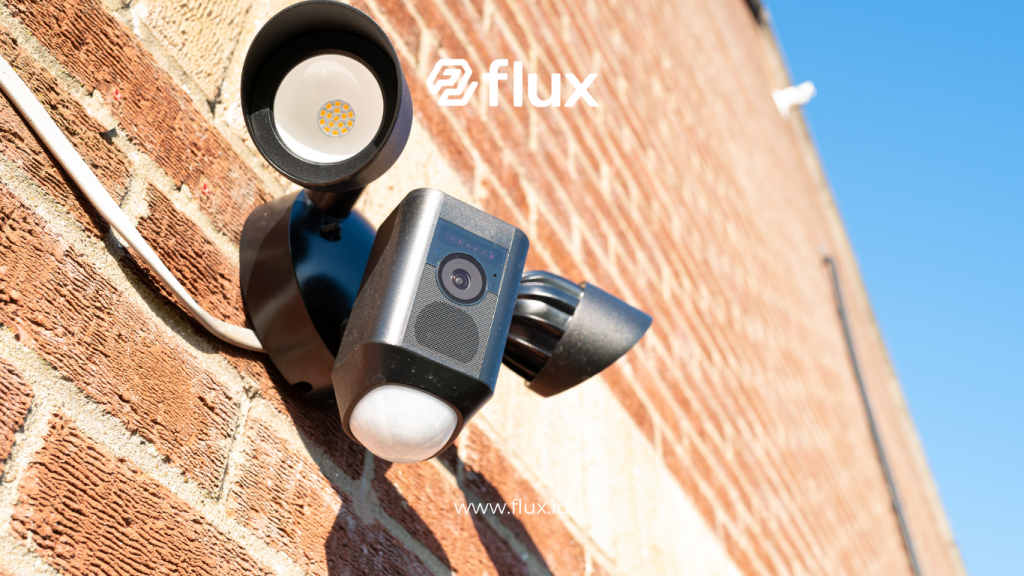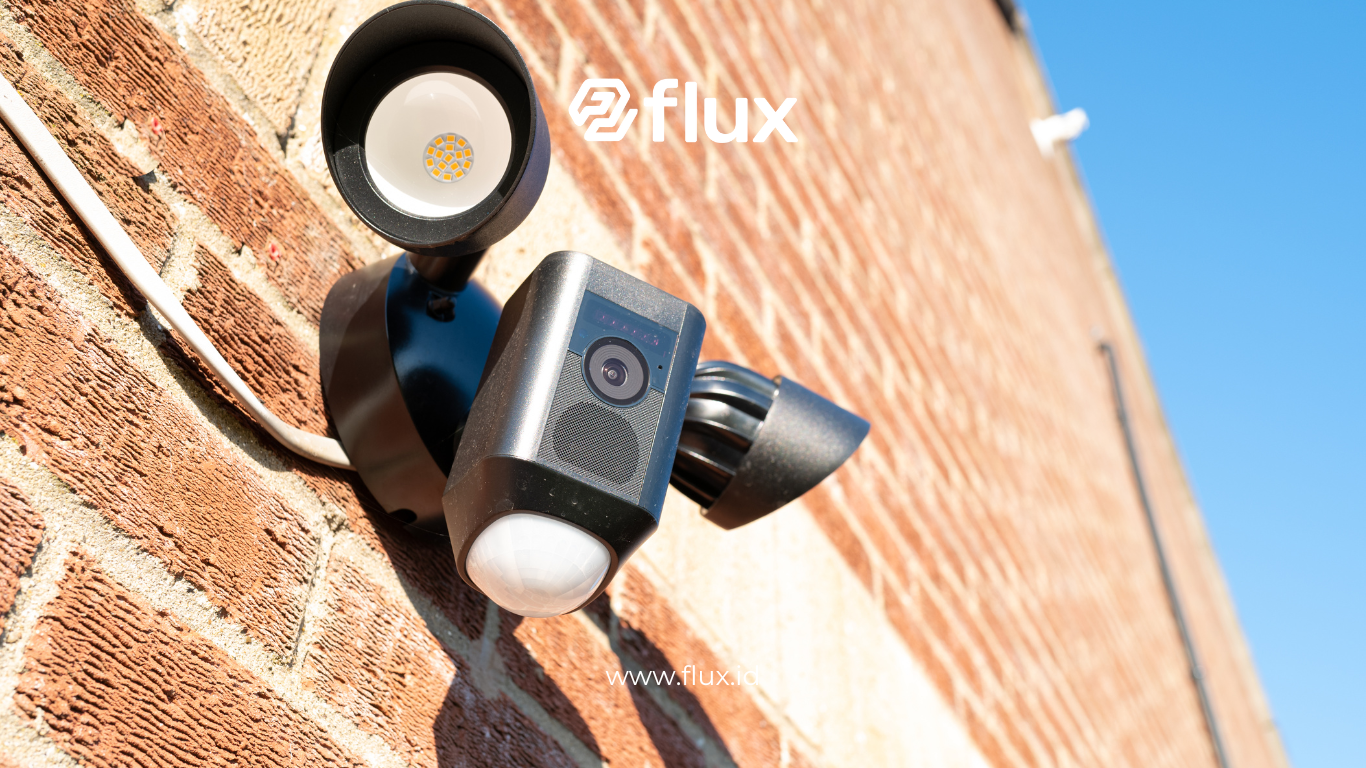Don't miss our holiday offer - 20% OFF!
Home security is a top priority for many homeowners. With technological advancements, various advanced security devices are now available. One of the most popular devices is the PIR (Passive Infrared) sensor. This article explains how PIR sensors work and how they can enhance your home’s security.
Contents
What is a PIR (Passive Infrared Sensor)?

Read More: IoT Sensors for Financial Departments: Enhancing Accuracy, Security, and Operational Efficiency
A PIR, or Passive Infrared Sensor, is an electronic sensor that detects infrared radiation from objects, especially those that emit heat like humans or animals. These sensors are commonly used in home security systems to detect movement in specific areas.
PIR sensors do not emit any energy to detect objects. Instead, they detect changes in infrared energy caused by moving objects. They are called “passive” because they don’t generate radiation themselves.
How Do PIR Sensors Work?

Read More: How RFID Card Sensors Work: Enhancing Asset and Inventory Management in the Finance Department
PIR sensors work by detecting heat changes in their environment. Here are the basic steps:
- Detecting Infrared Radiation: PIR sensors detect infrared radiation emitted by the human body or animals. If there’s no significant change in radiation levels, the sensor remains on standby.
- Converting Radiation into Electrical Signals: When a PIR sensor detects a significant change in infrared radiation, such as someone moving across the room, it converts this change into an electrical signal.
- Activating Alarms or Other Devices: The generated electrical signal can activate an alarm or send a notification to the security system. Some systems integrate with cameras to capture images or videos when movement is detected.
Key Components of PIR Sensors

Read More: IoT Sensors: Innovations in Landslide Early Detection
PIR sensors consist of several essential components:
- Pyroelectric Material: This material detects infrared radiation and generates an electrical charge when the temperature changes.
- Fresnel Lens: This lens expands the sensor’s detection area by focusing infrared radiation from different angles onto the pyroelectric sensor.
- Amplifier Circuit: This component amplifies the electrical signals generated by the pyroelectric sensor for further processing.
- Microcontroller: It processes the signal, decides if there is movement, and activates related devices if necessary.
Benefits of Using PIR Sensors for Home Security
Using PIR sensors in a home security system offers several benefits:
- Efficient Motion Detection: PIR sensors effectively detect human movement, making them ideal for home alarm systems.
- Reducing False Alarms: PIR sensors tend to generate fewer false alarms compared to other motion sensors because they only detect changes in infrared radiation, not non-heat motion.
- Low Power Consumption: PIR sensors use very little power since they are only active when detecting changes in infrared radiation. This makes them suitable for battery-powered devices.
- Easy Installation: PIR sensors are easy to install and can integrate with existing security systems. They come in various sizes and shapes, suitable for different installation needs.
- Affordable: PIR sensors are generally less expensive than other motion detection technologies, making them an economical choice for enhancing home security.
How to Install PIR Sensors for Home Security
Installing PIR sensors doesn’t require special skills, but there are some steps to follow to ensure optimal function:
- Choose the Right Location: Install the sensor in a strategic place, such as near entrances, windows, or frequently used corridors. Ensure the sensor has a clear view without obstructions.
- Determine the Installation Height: The ideal height for installing PIR sensors is between 2-3 meters above ground level. This helps the sensor detect movement more effectively.
- Avoid Heat Sources: Do not install the sensor near heat sources such as radiators, stoves, or electrical appliances that generate heat, as this can cause false alarms.
- Test the Sensor: After installation, test the sensor to ensure it works correctly. Walk around the monitored area to check if the sensor detects movement.
PIR Technology in Smart Security Systems

Read More: Comfort and Security with Smart Living Technology
PIR sensors often combine with other smart technologies to create more efficient home security systems. Here are some common applications of PIR sensors in smart security systems:
- Integration with Security Cameras: A PIR sensor can activate the camera to start recording when it detects motion. This allows homeowners to see what is happening in the area where movement is detected.
- Alert Systems: PIR sensors can connect to alert systems that send notifications to the homeowner’s smartphone when movement is detected. This allows homeowners to respond quickly to potential threats.
- Automatic Lighting Control: PIR sensors can activate lights automatically when someone enters a room. This enhances security and helps save energy by only turning on lights when needed.
Recent Trends and Innovations in PIR Technology
PIR technology continues to evolve with various innovations. Some recent trends include:
- AI-Enhanced PIR: Some PIR sensors now come with artificial intelligence (AI) to process motion data more accurately and reduce false alarms.
- Wireless PIR Sensors: With the demand for smart home devices increasing, many PIR sensors are available in wireless versions, making them easy to install and integrate with smart home systems.
- Multi-Sensor PIR: Some devices combine PIR sensors with other sensors, like sound or vibration sensors, to detect intrusions more accurately.
Conclusion
PIR sensors play a crucial role in enhancing home security by efficiently detecting movement and activating security systems when needed. By understanding how PIR sensors work and properly installing them, you can maximize your home’s security. As technology advances, PIR sensors continue to adapt and offer smarter and more efficient solutions for keeping homes safe. Choose the PIR sensor that meets your needs and enjoy the peace of mind that comes with better protection.





